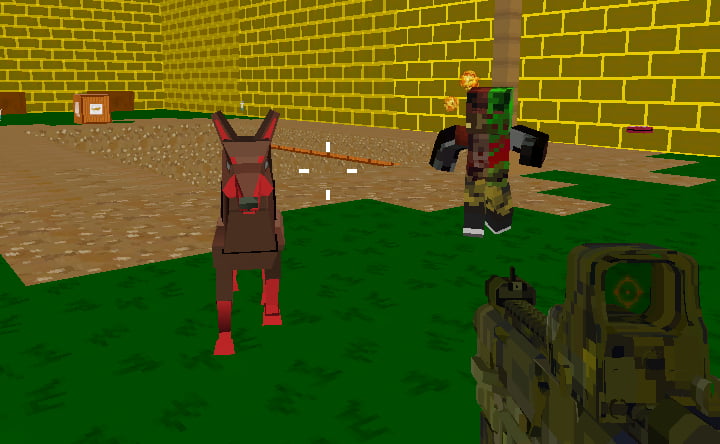

The amount of tiles left in the bag is shown in the bottom left corner.See the points earned for each word in game panel.Concise in-game tutorial helps get you started.You can also skip your turn or shuffle the letters for some creative inspiration. If you’re really stuck, you can use your turn to swap as many letters as you want for new ones. Green = triples the value of the letter on the square.Blue = doubles the value of the letter on the square.You’ll notice there are different colored squares on the board.

The game ends when there are no tiles left or when both players cannot make a word. Any word from the official Scrabble dictionary is accepted in Wordmeister. The trickier letters tend to have a higher value. Your words can be two or more characters long, and each letter has a score assigned to it. Place your letters on the board to form a word. The player with the letter that comes first in the alphabet gets the first turn. Using containers enabled Lapham to cut the typical 18-month construction period for a bricks-and-mortar mall by about half.The game starts with both players being randomly assigned a letter. And this space is particularly for the person who wants something different,” said Arries, who has fashioned a fitting room into the middle of the narrow space by setting up arcs of thick linen curtain. “We wanted to come to a semi-formal setting. Moving to 27 Boxes is a step up for clothes retailer Michelle Arries, who used to sell African couture at pop-up stores in the street markets that have mushroomed across South African cities in the last decade. “Creative, niche, differentiated store types now seem preferred to replicated options and smaller, focused formats seem favoured over large, cumbersome alternatives,” according to Clur’s research on shopping mall trends. “The traditional shopping centre model is turning on its head,” said Belinda Clur, retail specialist and director of Clur Research International. On the other, an expanding middle class is looking for new retail experiences beyond the replica mega-malls springing up across the country. That means retailers need to cut down on overheads to help them offer low prices. On the one hand, economic growth is subdued and cash-strapped consumers are looking to make their money go further.

The aim is to tap into two retail trends in South Africa, which ranks sixth in the world by number of shopping malls. “We are in that space between market and mall,” said owner and property developer Paul Lapham, whose company is also behind a 280-room apartment block in Johannesburg’s city centre built from second-hand cargo containers. Retail expansion in South Africa, especially in the small business sector, has plateaued along with the wider economy, while consumer confidence recently dropped to a 14-year low, intensifying the battle for people’s wallets.Ģ7 Boxes is an innovative attempt to find a new avenue of growth for small traders. Opened in August, it consists of twenty-seven iron containers stacked Lego-like into three floors of stores ranging from a green grocer, al fresco coffee houses and a Philadelphia-style grill house, to a toddler-wear boutique and bicycle rental shop.


 0 kommentar(er)
0 kommentar(er)
